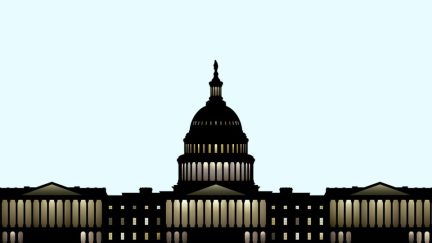For more stories like this, sign up for the PLANADVISERdash daily newsletter.
Aronowitz Clears Senate Committee Vote to Head EBSA
Trump’s nominee now moves to a full Senate vote to determine whether he will lead the Department of Labor agency tasked with enforcing the Employee Retirement Income Security Act and safeguarding employer-sponsored retirement plans.
The Senate Committee on Health, Education, Labor, and Pensions voted to approve the nomination of Daniel Aronowitz as assistant secretary of labor for the Department of Labor’s by a 14 to 9 vote, according to information from the committee.
Aronowitz, who during his June 5 confirmation hearing vowed to streamline retirement plan regulation, pledging to end what he considered “regulation by litigation” and end the “war on ESOPs,” will now face a confirmation vote in front of the full Senate at a later date.
EBSA is responsible for enforcement of the Employee Retirement Income Security Act and related laws and regulations, along with protecting employer-based retirement, health and welfare benefits for workers and retirees.
Lisa Gomez, the former assistant secretary of labor for the Employee Benefits Security Administration, speaking at the PLANSPONSOR National Conference in Chicago earlier this month, said she expects it will be a “busy, active time at EBSA” in the coming year, but it is unclear how the administration’s preference for “deregulation” will take shape.
According to EBSA’s organizational chart, President Donald Trump has appointed Janet Dhillon as acting assistant secretary until Aronowitz is confirmed. Dhillon was also nominated to serve as director of the Pension Benefit Guaranty Corporation in March.
Aronowitz, an expert in insurance for employee benefit providers, including ERISA fiduciaries, has 30 years of experience in the professional liability industry as a coverage lawyer and underwriter. He said during his confirmation hearing that he intends to make clear that fiduciaries, not the DOL or plaintiffs’ lawyers, should decide what is best for retirement plan participants.
ERISA lawyers recently told PLANSPONSOR that they expect Aronowitz to be active in helping end a recent flurry of litigation by issuing amicus briefs to offer clear regulatory guidance.
You Might Also Like:

Law Firm Faces Fine for Sharing Confidential Information With DOL

Senate Confirms Janet Dhillon to Lead Pension Benefit Guaranty Corporation

What’s on Aronowitz’s To-Do List for EBSA?
« PensionBee Analysis Says Looming Social Security Cuts Could Cost Americans $138,000 Each

